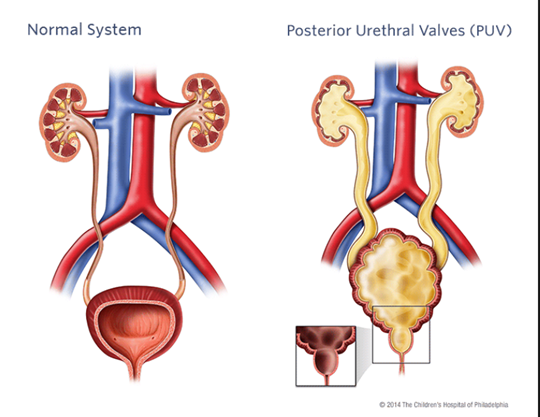Urinary Tract Obstruction: Understanding and Treating Blockages in the Urinary System
Urinary tract obstruction (UTO) refers to a blockage in any part of the urinary system, which includes the kidneys, ureters, bladder, or urethra. These blockages can lead to serious complications, such as kidney damage, infection, and loss of kidney function. Timely diagnosis and appropriate treatment are crucial to ensure the best possible outcome for patients.

Urinary Tract Obstruction: Understanding and Treating Blockages in the Urinary System


- Andrology
- Urology
- Minimally Invasive Urologic Surgery
- Ureteroscopy (URS)
- Urethral stricture
- Kidney Stone
- Urinary Tract Infection (UTI)
- Dialysis and Kidneys transplant
What is Urinary Tract Obstruction?
Urinary tract obstruction occurs when the normal flow of urine is blocked or impaired. This blockage can occur in one or both kidneys, the ureters (the tubes that carry urine from the kidneys to the bladder), the bladder, or the urethra (the tube that carries urine from the bladder out of the body). The obstruction can be caused by a variety of factors, including kidney stones, tumors, strictures, and congenital abnormalities.
Symptoms of Urinary Tract Obstruction
The symptoms of urinary tract obstruction can vary depending on the location and severity of the blockage. Common signs include:
- Pain or discomfort in the lower abdomen, back, or sides
- Difficulty urinating or a noticeable decrease in urine output
- Kidney Tumors: Partial or complete nephrectomy using laparoscopic techniques.
- Frequent urination or the urgent need to urinate
- Swelling or edema in the abdomen or legs in severe cases
Causes of Urinary Tract Obstruction
Several factors can lead to urinary tract obstruction, including:
- Kidney Stones: Stones that form in the kidneys and travel down the ureters can cause blockages.
- Tumors: Cancerous or non-cancerous tumors in the urinary tract can obstruct the flow of urine.
- Strictures: Scar tissue from injury, infection, or surgery can narrow the urethra or ureter, causing a blockage
- Congenital Abnormalities: Some individuals are born with malformations in their urinary tract that predispose them to obstructions.
- Precision: Advanced imaging and tools allow for highly accurate procedures.
Diagnosis of Urinary Tract Obstruction
Accurate diagnosis is essential to determine the location and cause of the obstruction. Some common diagnostic tests include:
To check for signs of infection or blood in the urine.
A non-invasive imaging technique used to visualize the kidneys, ureters, and bladder.
Provides detailed images of the urinary system and can identify stones, tumors, and other blockages.
A procedure where a thin tube with a camera is inserted into the urethra to visualize the bladder and urethra for blockages.
Treatment of Urinary Tract Obstruction
The treatment for urinary tract obstruction depends on the underlying cause and the severity of the blockage. Common treatment options include:
Pain relief and antibiotics may be prescribed if an infection is present.
Minimally invasive procedures can be used to remove stones, relieve strictures, or remove tumors.
A tube is inserted through the skin into the kidney to drain urine and relieve pressure caused by the obstruction.
In severe cases, surgery may be required to remove large stones or tumors or to correct anatomical abnormalities.
Conclusion
Urinary tract obstruction is a serious condition that can lead to severe complications if left untreated. However, with early diagnosis and the right treatment approach, most patients can recover fully and avoid long-term damage. If you’re experiencing symptoms of urinary tract obstruction or have concerns about your urinary health, consult Dr. Sanket Chaudhari for expert care and guidance.
